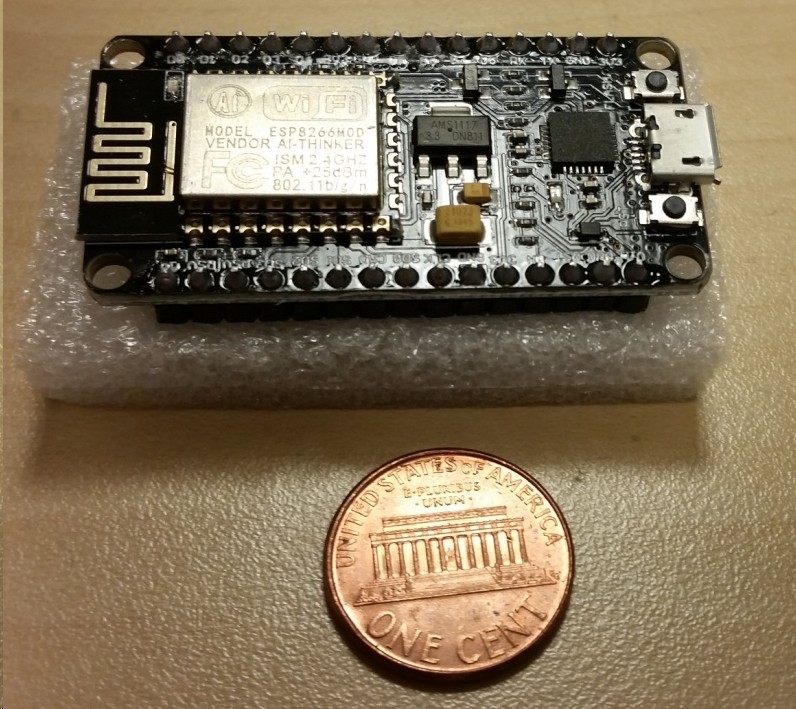New toys are always such fun, especially when you find a replacement for a component that has more features, better specs, and costs half as much.
The Arduino Uno is deservedly popular. It makes introductory embedded system design easy, and has introduced millions to the fun of open-source projects. Generic versions are available for as little as a few dollars, and even the cheap ones generally more-or-less work okay. (Brand-name Arduino Unos cost more, but you’re paying for reliability. They just work.)
The Uno, however, is starting to show its age. It runs at 16MHz, which is adequate for most hobby projects but nothing exceptional. It has a popular-but-still-weird shield scheme, which works only because the Arduino ecosystem is so huge that there’s just about every kind of shield you can imagine and then some. And it’s still relatively expensive, for what it is — connecting it to the outside world still usually requires a computer or at least an expensive and not-very-capable WiFi or Ethernet shield.
Enter the NodeMCU…

The NodeMCU 1.0 solves many of these issues. The NodeMCU is an ESP8266-based, Arduino-compatible dev board. Once you download the USB drivers and Arduino core, it can be programmed with the Arduino IDE. In addition, it’s breadboardable, has onboard WiFi, and costs roughly 1/2 to 1/3 as much as the Uno.
It also has better specs:
| Item | Arduino Uno | NodeMCU 1.0 |
| SRAM | 2kB | 128kB |
| Flash ROM | 32kB | 4MB |
| Clock speed | 16MHz | 80MHZ/160MHZ |
| Usable I/O | 18 | 13 |
It is a 3.3V part, so some designs may need to be modified. (3v3 is really the future of hobby electronics, anyway.)

